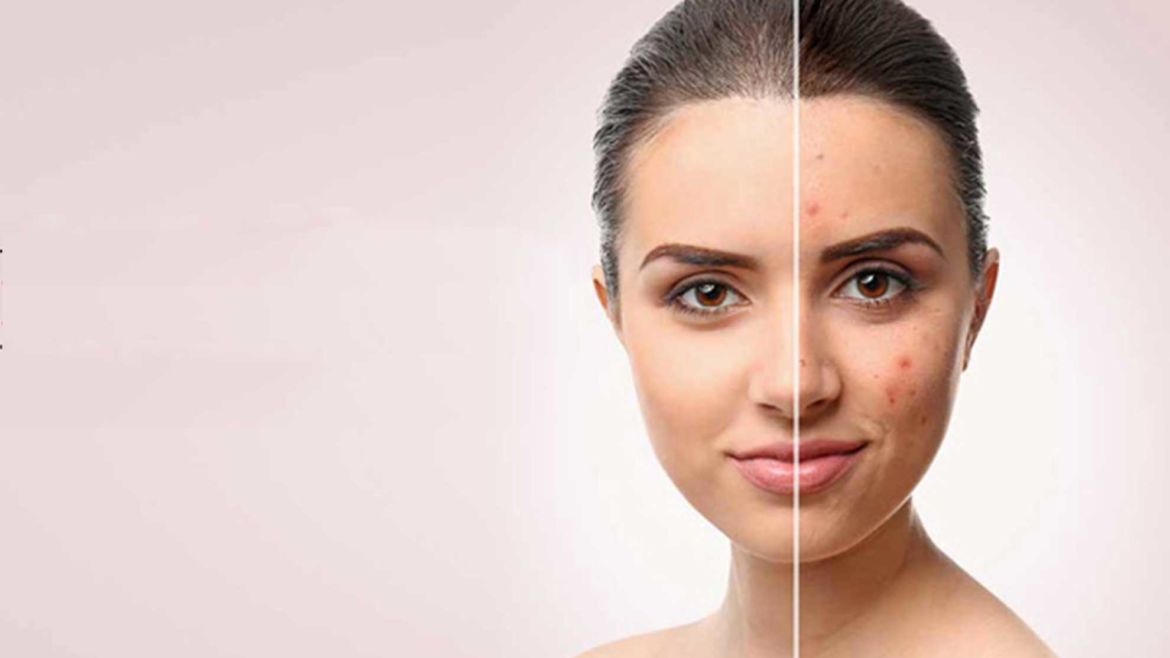
Dr. Sandip Agrawal
Dermatologist, Hair Transplant Surgeon, Cosmetologist
- MBBS(IGGMC, Nagpur)
- MD(LTMMC, Sion, Mumbai)
- Fellow in Hair Transplant & Cosmetic Surgery (Israel)
- Ex-Assistant Professor, IGGMC, Nagpur
- 11 Years Experience Overall (4 years as specialist)
Dr. Sandip Mahavirprasad Agrawal is a Dermatologist,Hair Transplant Surgeon and Cosmetologist in Ramdaspeth, Nagpur and has an experience of 11 years in these fields. Dr. Sandip Mahavirprasad Agrawal practices at The Good Skin & Hair Clinic in Ramdaspeth, Nagpur. He completed MBBS from Indira Gandhi Medical College & Hospital, Nagpur in 2011 and MD – Dermatology , Venereology & Leprosy from Maharashtra Universtity of Health Sciences, Nashik in 2018.

Scar Removal In Nagpur
Skin is a seamless organ, like a fine cloth protecting valuable assets. Imagine a piece of silk. Just one small tear can make a big difference in how it looks. And it’s the same with skin. Any burn, injury, or other trauma, such as surgery, can cause a scar. Now a scar isn’t bad if it’s small or in a location that’s easy to conceal. But when it’s not, you may wonder if there’s a way to treat it, other than hiding it under your clothes, that will make it go away or at least change how it looks. The truth is the scar will never completely go away. But there are some methods that can help reduce its size and change its appearance.
How Does Scarring Happen?
Scarring is a natural part of the healing process after an injury. Its appearance and its treatment depend on multiple factors. The depth and size of the wound or cut and the location of the injury matter. So do your age, genes, sex, and ethnicity.
What Are The Types of Scars?
There are several different types of scars including:
- Keloid scars. These scars are the result of an overly aggressive healing process. They extend beyond the original injury. Over time, a keloid scar may hamper movement. Treatments include surgery to remove the scar, steroid injections, or silicone sheets to flatten the scar. Smaller keloids can be treated using cryotherapy (freezing therapy using liquid nitrogen). You can also prevent keloid formation by using pressure treatment or gel pads with silicone when you are injured. Keloid scars are most common among people with dark skin.
- Contracture scars. If your skin has been burned, you may have a contracture scar. These scars tighten skin, which can impair your ability to move. Contracture scars may also go deeper, affecting muscles and nerves.
- Hypertrophic scars. These are raised, red scars that are similar to keloids but do not go beyond the boundary of the injury. Treatments include injections of steroids to reduce inflammation or silicone sheets, which flatten the scar.
- Acne scars. If you’ve had severe acne, you probably have the scars to prove it. There are many types of acne scars, ranging from deep pits to scars that are angular or wavelike in appearance. Treatment options depend on the types of acne scars you have.
How do dermatologists prevent and treat scars?
If you have a raised scar or keloid, your dermatologist may recommend one or more of the following treatments.
Pressure therapy: Applying pressure to a wound while it’s healing can:
- Reduce (or prevent) a scar, especially while a burn heals
- Prevent a keloid if your skin tends to form this type of scar
Prevent a keloid from returning after it’s surgically removed
To apply pressure, a patient wears a pressure dressing, which may be an elastic bandage, stocking, or earring. Some patients find the pressure dressing uncomfortable and stop wearing it too soon. To get results, however, you may have to wear the pressure dressing for as long as one year. You may also need to get a new pressure garment every 6 to 8 weeks.
If you have a wound on your face, pressure therapy is not a treatment option.
Silicone gel (sheet or ointment): Used since 1982, silicone can:
- Treat a raised scar by reducing its size, hardness, redness, swelling, itch, or stiffness
- Prevent a raised scar, especially after surgery
Prevent a scar from developing after surgery to remove the scar
Studies show that the silicone gel sheets appear to work better than the silicone ointment. The gel sheets are thin and self-adhesive. You use them after the wound closes. To get results, you must wear a gel sheet every day, often for months. Having this in the same spot every day can cause side effects. The skin can break down. Some people develop a rash. If side effects occur, tell your dermatologist. You may need to stop wearing the sheeting and use another treatment.
Polyurethane dressing: This is a moist, flexible pad. You wear it to:
- Reduce scarring after surgery
Treat a raised scar by reducing the color, hardness, and size
When worn for six weeks after surgery, it may prevent a raised scar. Studies have shown that patients who wear a moist dressing with a pressure garment get better results than patients who use one or the other.
Lasers and other light treatments: This is becoming the go-to treatment for all types of scars because these treatments can:
- Prevent raised scars and keloids
- Reduce the appearance of existing raised scars and keloids
- Decrease scarring after surgery
- Treat some depressed acne scars
- Lessen the color of the scar, such as redness
- Increase a person’s ability to move when a scar limits movement
Reduce pain, itch, hardness, and swelling
Studies show that laser therapy or pulse-dye light can give patients impressive results. In the skilled hands of a board-certified dermatologist, these offer patients a safe treatment option with few side effects. To give patients the best results from laser or light treatments, a dermatologist may also inject a medication, such as corticosteroids or 5-FU, into the scar.
Corticosteroid injections: Widely used to treat raised scars and keloids, dermatologists inject a corticosteroid directly into the scar to:
- Reduce the size of a raised scar or keloid
- Ease symptoms of itch and pain
Studies show that it can reduce the size of a scar by 50% or more. In some cases, it can look like the scar is completely gone. To get results, most people need more than one treatment. Possible side effects include scar returns, thinning skin, and dark spots where you had the injection. To reduce possible side effects, you may receive another scar treatment, such as an injection of 5-FU or treatment with a pulsed-dye laser.
5-FU or bleomycin injections: Your dermatologist may inject one of these medications directly into the scar to:
- Reduce (or completely flatten) a raised scar or keloid
- Ease symptoms of itch and pain
Possible side effects include redness, swelling, thinning skin, or dark spots where you received the injection. To reduce these possible side effects, a patient often receives another scar treatment, such as a corticosteroid injection or pulsed-dye laser therapy.
Cryosurgery: This treatment freezes the scar, which slowly destroys the scar tissue. Dermatologists have used this treatment for years to:
- Reduce the size of raised scar or keloid
- Reduce pain, itch, hardness, and discoloration
After one treatment, the freezing can reduce the size of a scar by 50% or more. To reduce the size of a scar, even more, a patient may also receive an injection of a medication, such as a corticosteroid or 5-FU.
Scar surgery: During this treatment, a dermatologic surgeon cuts out the scar. In the hands of a board-certified dermatologic surgeon, scar surgery can:
- Reduce the size of a keloid
Increase your ability to move if a scar limits movement
While surgery can be effective, it is usually only an option when other treatment fails. A scar can return after it’s removed. To reduce the risk of this happening with a keloid, the surgeon often leaves the border of the keloid in place. To improve results, another treatment, such as injections of a corticosteroid, is often given to patients who have scar surgery.
Radiation: Studies show that radiation therapy can:
- Reduce raised scars and keloids when other treatments fail
- Relieve the itch and discomfort that sometimes occurs in raised scars and keloids
- Lessen the risk of a scar returning after a scar surgery
Very few patients receive radiation therapy because there is a concern that it can cause cancer years later. Other possible side effects include dark spots, itch, redness, and swelling.

